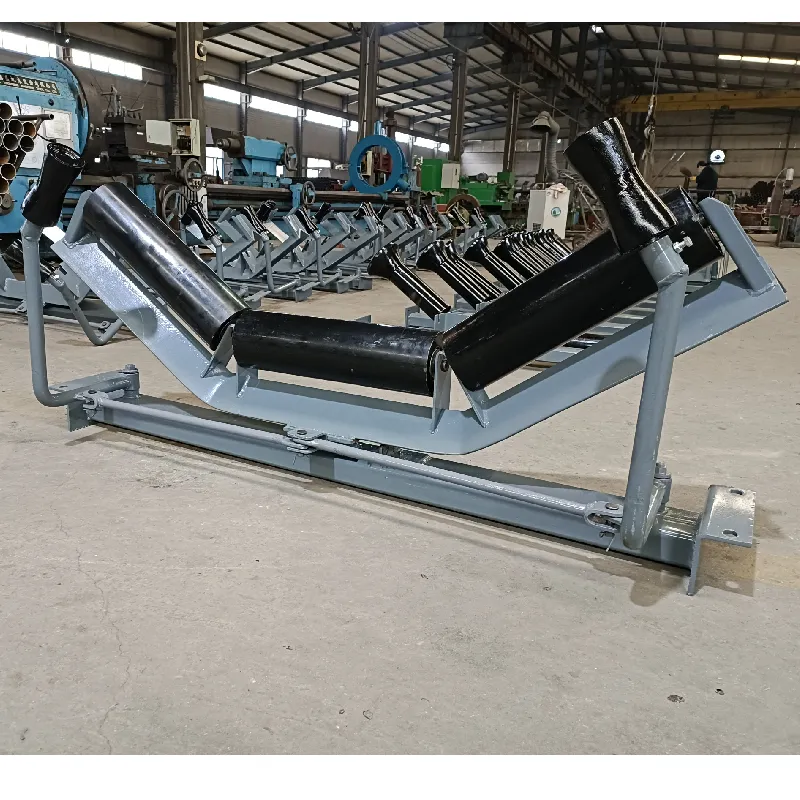 Afrikaans
Afrikaans  Albanian
Albanian  Amharic
Amharic  Arabic
Arabic  Armenian
Armenian  Azerbaijani
Azerbaijani  Basque
Basque  Belarusian
Belarusian  Bengali
Bengali  Bosnian
Bosnian  Bulgarian
Bulgarian  Catalan
Catalan  Cebuano
Cebuano  Corsican
Corsican  Croatian
Croatian  Czech
Czech  Danish
Danish  Dutch
Dutch  English
English  Esperanto
Esperanto  Estonian
Estonian  Finnish
Finnish  French
French  Frisian
Frisian  Galician
Galician  Georgian
Georgian  German
German  Greek
Greek  Gujarati
Gujarati  Haitian Creole
Haitian Creole  hausa
hausa  hawaiian
hawaiian  Hebrew
Hebrew  Hindi
Hindi  Miao
Miao  Hungarian
Hungarian  Icelandic
Icelandic  igbo
igbo  Indonesian
Indonesian  irish
irish  Italian
Italian  Japanese
Japanese  Javanese
Javanese  Kannada
Kannada  kazakh
kazakh  Khmer
Khmer  Rwandese
Rwandese  Korean
Korean  Kurdish
Kurdish  Kyrgyz
Kyrgyz  Lao
Lao  Latin
Latin  Latvian
Latvian  Lithuanian
Lithuanian  Luxembourgish
Luxembourgish  Macedonian
Macedonian  Malgashi
Malgashi  Malay
Malay  Malayalam
Malayalam  Maltese
Maltese  Maori
Maori  Marathi
Marathi  Mongolian
Mongolian  Myanmar
Myanmar  Nepali
Nepali  Norwegian
Norwegian  Norwegian
Norwegian  Occitan
Occitan  Pashto
Pashto  Persian
Persian  Polish
Polish  Portuguese
Portuguese  Punjabi
Punjabi  Romanian
Romanian  Russian
Russian  Samoan
Samoan  Scottish Gaelic
Scottish Gaelic  Serbian
Serbian  Sesotho
Sesotho  Shona
Shona  Sindhi
Sindhi  Sinhala
Sinhala  Slovak
Slovak  Slovenian
Slovenian  Somali
Somali  Spanish
Spanish  Sundanese
Sundanese  Swahili
Swahili  Swedish
Swedish  Tagalog
Tagalog  Tajik
Tajik  Tamil
Tamil  Tatar
Tatar  Telugu
Telugu  Thai
Thai  Turkish
Turkish  Turkmen
Turkmen  Ukrainian
Ukrainian  Urdu
Urdu  Uighur
Uighur  Uzbek
Uzbek  Vietnamese
Vietnamese  Welsh
Welsh  Bantu
Bantu  Yiddish
Yiddish  Yoruba
Yoruba  Zulu
Zulu snub pulley
Understanding the Snub Pulley A Key Component in Mechanical Systems
In the world of mechanical engineering and industrial applications, conveying systems are crucial for moving materials efficiently and safely. One essential component frequently employed in these systems is the snub pulley. Though often overlooked, snub pulleys play a pivotal role in enhancing the performance and reliability of various machinery. This article explores the function, design, and applications of the snub pulley.
What is a Snub Pulley?
A snub pulley is a type of pulley used in belt-driven systems to change the direction of the belt or to provide additional tension. Unlike standard pulleys, which primarily serve to guide a belt, snub pulleys are specifically designed to create a 'snubbing' effect — an action that tightens the belt by applying additional pressure on it. This is accomplished by positioning the snub pulley at an angle relative to the belt path, typically near the drive pulley.
How Does it Work?
When a belt moves over a snub pulley, the angle of contact between the belt and the pulley increases. This increased contact area results in enhanced friction between the belt and the pulley, effectively increasing the belt tension on the driven side of the system. This additional tension is vital for a few reasons it helps prevent slippage on the drives, ensures a more efficient transfer of power, and can also contribute to the overall longevity of the belt system.
Furthermore, snub pulleys are instrumental in managing the load distribution within a conveyor system. By redirecting the belt and creating proper tension, they help maintain optimal belt alignment, which reduces wear and tear on both the belt and other components of the system.
Design Considerations
The design of a snub pulley can significantly impact its effectiveness
. Key factors in the design process includesnub pulley

1. Diameter The diameter of the pulley affects how much contact surface is available for the belt, influencing grip and tension. 2. Material Snub pulleys are commonly made from materials such as steel or polymer. The choice of material determines not only the pulley’s durability but also its weight and resistance to wear.
3. Angle of Contact The angle at which the snub pulley interacts with the belt is crucial. A larger angle increases the tension applied to the belt but can also lead to increased wear over time.
4. Mounting Position Strategically positioning the snub pulley within the system can optimize its performance. Its location affects how much it can assist in maintaining tension and direction for the belt.
Applications of Snub Pulleys
Snub pulleys are utilized in numerous applications across various industries. They are commonly found in conveyor systems used in manufacturing, mining, and logistics. Additionally, snub pulleys are important in automotive applications, such as in accessory drive systems where they assist in routing the serpentine belt effectively.
More advanced systems, including those involved in material handling and packaging, benefit from the adjustable nature of snub pulleys. In such environments, the ability to alter tension dynamically can be crucial for maintaining efficiency and safety.
Conclusion
In summary, the snub pulley, while often underestimated, is a vital component in numerous mechanical systems. Its ability to enhance belt tension and optimize load distribution makes it indispensable in many applications. Understanding the mechanics and design considerations behind snub pulleys allows engineers and operators to harness their full potential, contributing to safer, more efficient, and more durable systems. As industries continue to evolve, the importance of such components in design and function will only grow, solidifying the snub pulley’s place in engineering lore.
-
Revolutionizing Conveyor Reliability with Advanced Rubber Lagging PulleysNewsJul.22,2025
-
Powering Precision and Durability with Expert Manufacturers of Conveyor ComponentsNewsJul.22,2025
-
Optimizing Conveyor Systems with Advanced Conveyor AccessoriesNewsJul.22,2025
-
Maximize Conveyor Efficiency with Quality Conveyor Idler PulleysNewsJul.22,2025
-
Future-Proof Your Conveyor System with High-Performance Polyurethane RollerNewsJul.22,2025
-
Driving Efficiency Forward with Quality Idlers and RollersNewsJul.22,2025





























